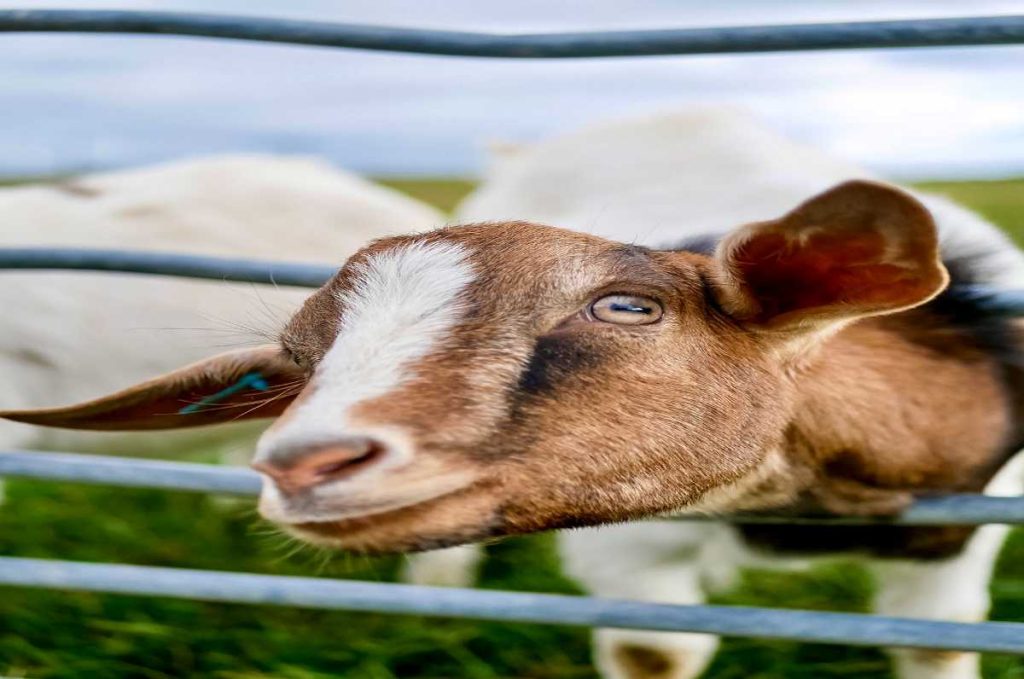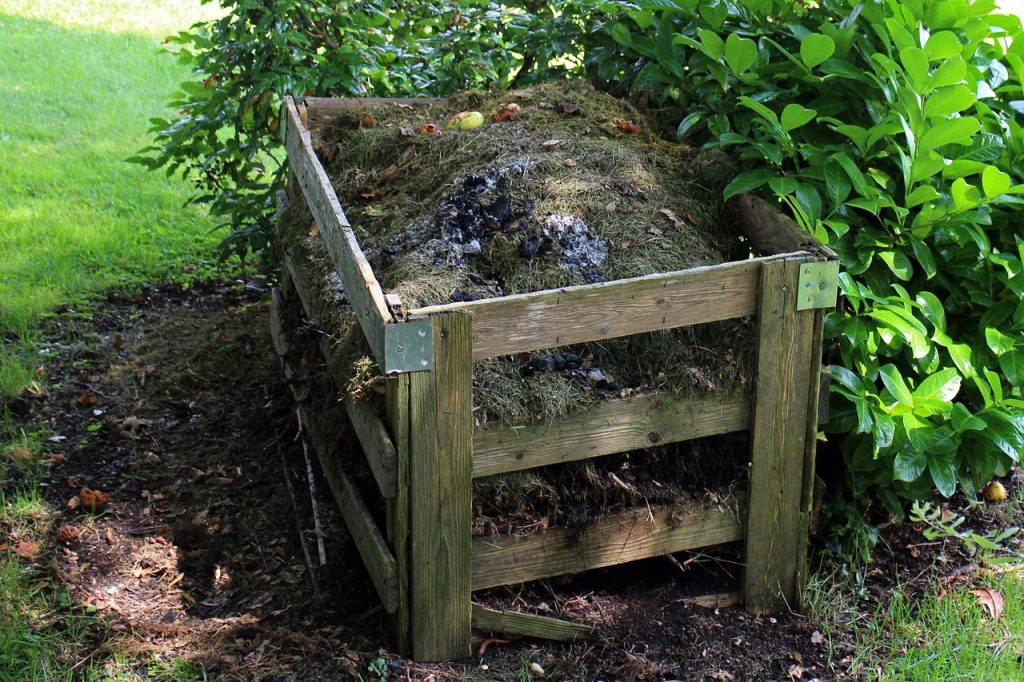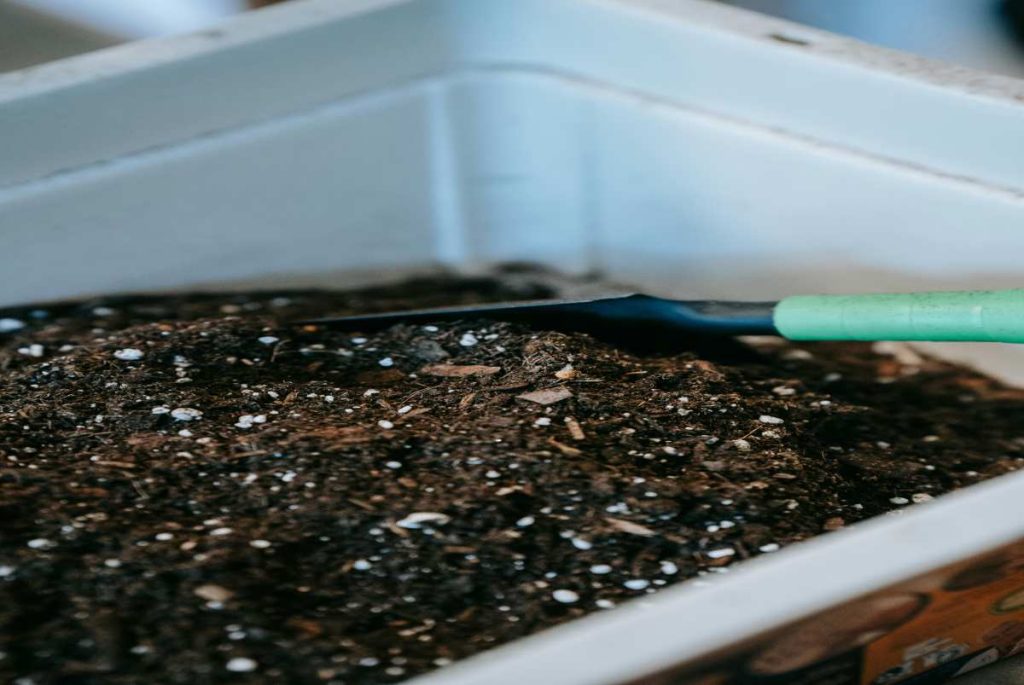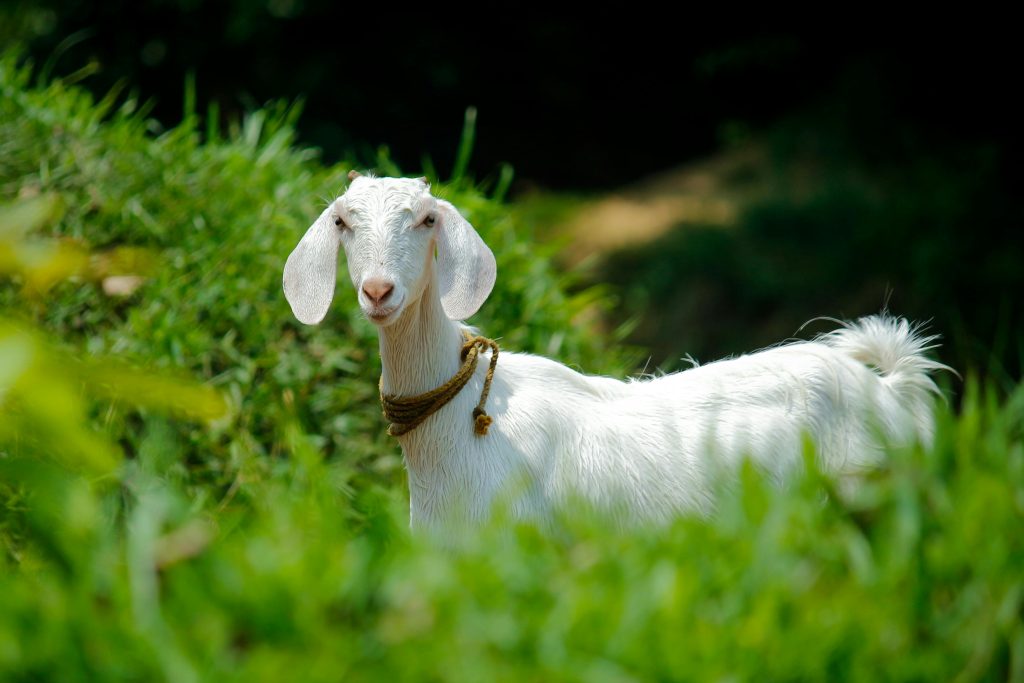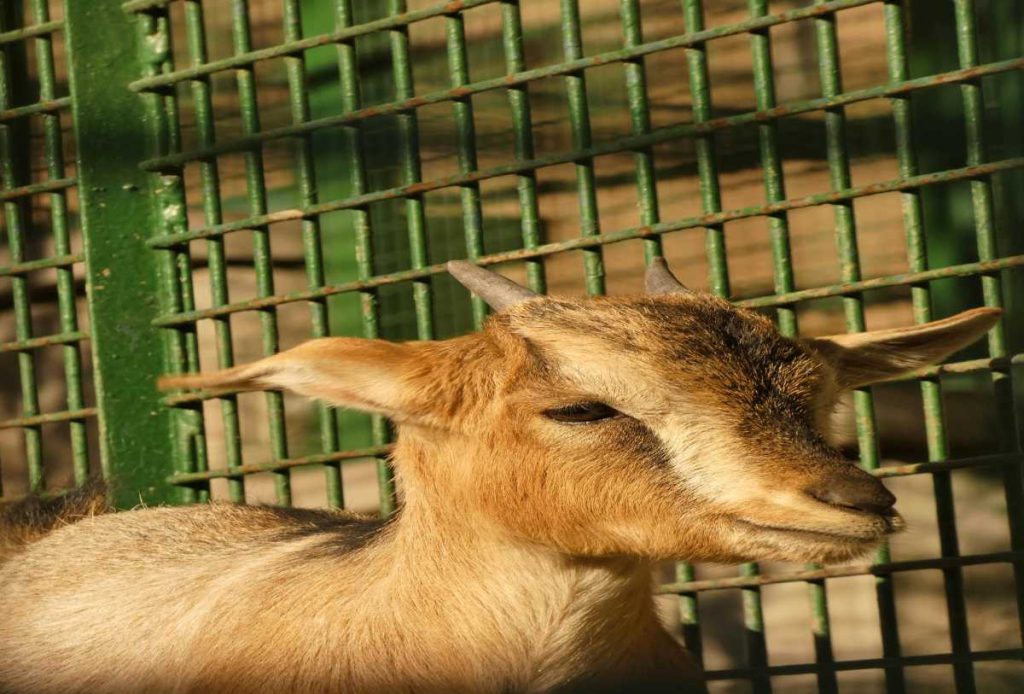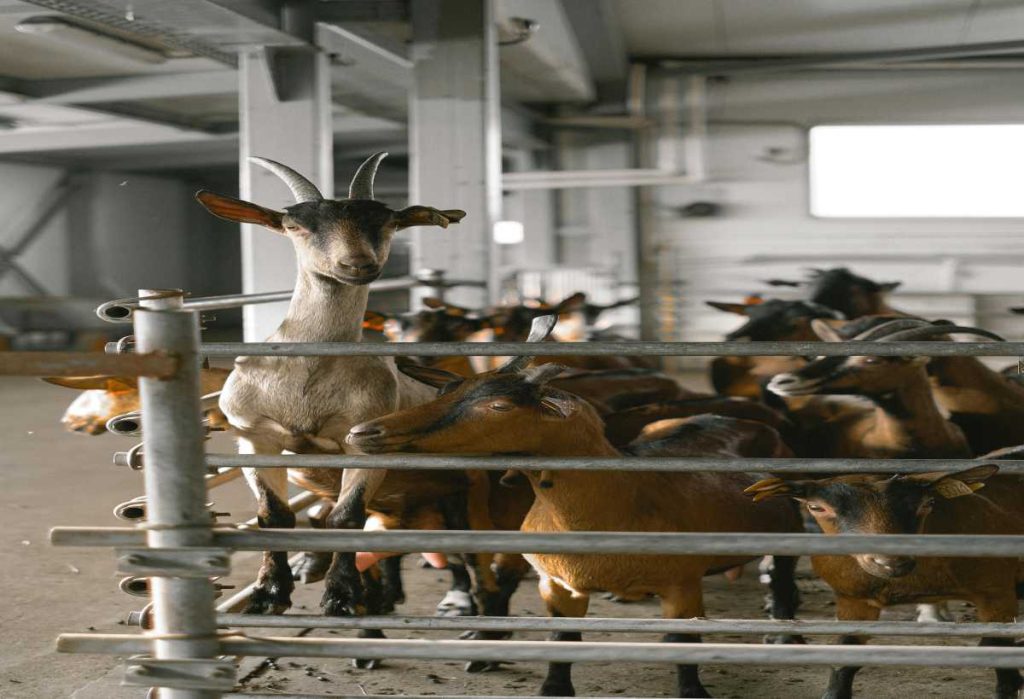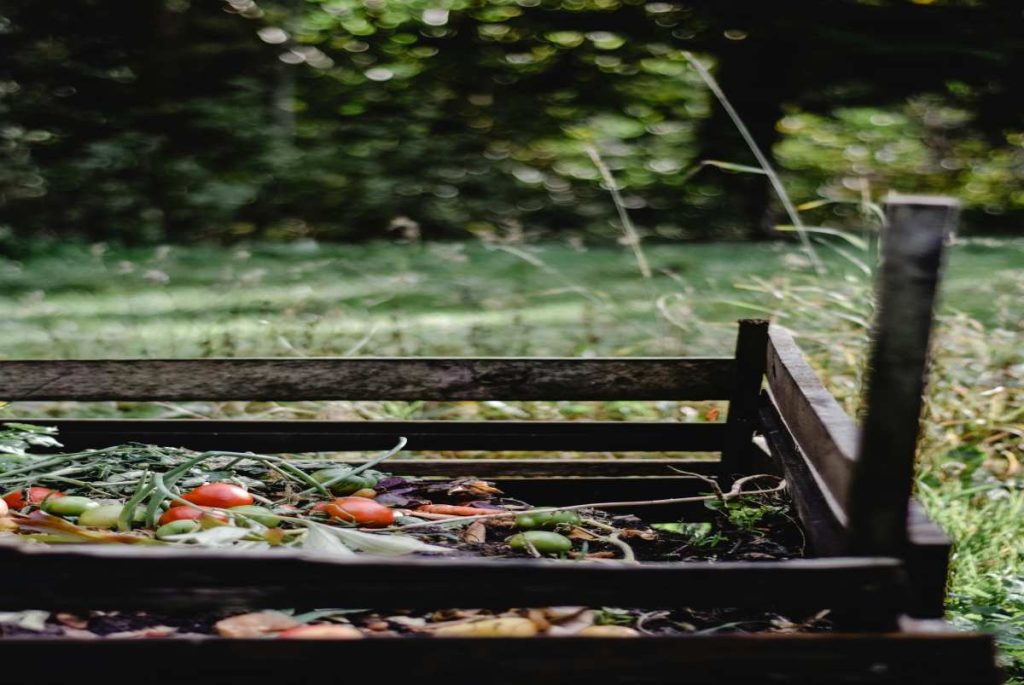Kidding season can be both exciting and nerve-wracking for goat owners. Preparing for the birthing process is essential to ensure both the mother goat and her kids are safe and healthy. Knowing what to expect and how to support your goat through the process can make kidding smoother for everyone involved. Here are nine essential tips to help you prepare for and manage a successful kidding season.
1. Provide a Balanced Diet Throughout Pregnancy
Ensuring that the mother goat has a well-balanced diet is crucial during pregnancy. Proper nutrition supports the development of healthy kids and helps the doe stay strong through labor.
What to Include:
- High-quality hay or forage as the primary source of nutrients.
- Goat-specific mineral supplements to support bone and muscle development.
- Small portions of grain or alfalfa during the last few weeks of pregnancy for an energy boost.
Tip: Avoid overfeeding as it can lead to oversized kids, which may cause birthing complications.
2. Create a Clean and Safe Birthing Space
As kidding approaches, prepare a dedicated space where the doe can give birth in a calm, safe environment. Cleanliness is vital to prevent infections.
What to Prepare:
- A clean, dry stall bedded with fresh straw or shavings.
- A quiet, private area away from other animals.
- Access to fresh water, as hydration is crucial for labor.
Tip: Disinfect the birthing area a few days before the due date and change bedding as needed.
3. Recognize Signs of Labor
Knowing the signs of labor will help you prepare for the birth. Goats exhibit specific behaviors when they are close to kidding.
Signs of Impending Labor:
- Nesting behavior, like pawing at bedding.
- A swollen or softening vulva.
- Restlessness or separation from the herd.
- Changes in appetite, such as reduced eating.
Tip: Keep an eye on these signs so you can be ready to assist if needed.

4. Gather Your Kidding Kit Essentials
Having a kidding kit on hand can make all the difference in an emergency. Gather all necessary tools and supplies well before the expected due date.
Kidding Kit Essentials:
- Clean towels for drying newborns.
- Iodine for disinfecting the umbilical cord.
- Lubricant and gloves in case you need to assist.
- Scissors, in case of emergency cutting.
- A nasal aspirator to clear mucus from the kid’s nose and mouth.
Tip: Store your kit in a clean, accessible area near the kidding pen.
5. Be Prepared to Assist But Know When to Wait
Most does give birth without any assistance, but it’s essential to know when to intervene. Observe the process but avoid interfering unless necessary.
When to Assist:
- If the doe is in active labor for more than an hour without progress.
- If you see an abnormal presentation (e.g., a leg or head is out of position).
- If the mother seems distressed or exhausted.
Tip: Reach out to a vet or experienced goat keeper if you’re unsure whether intervention is necessary.
6. Dry and Warm Newborn Kids Immediately
Once the kids are born, drying them off quickly helps prevent hypothermia, especially in colder weather. This first step is crucial for keeping newborns warm and healthy.
How to Do It:
- Use clean towels to rub each kid gently, drying them off thoroughly.
- Ensure their mouth and nose are clear of mucus.
- Place kids under a heat lamp in colder temperatures to help them stay warm.
Tip: Keep newborns close to the mother so they can bond and nurse soon after birth.
7. Dip the Umbilical Cord in Iodine
The umbilical cord is a potential entry point for bacteria, so disinfecting it with iodine helps prevent infection.
Steps for Iodine Application:
- Fill a small cup with iodine solution (7% is recommended).
- Dip the umbilical cord thoroughly in iodine right after birth.
- Check the cord over the next few days to make sure it dries and falls off naturally.
Tip: Only use a fresh, sterile iodine solution to avoid any contamination.
8. Ensure the Kids Nurse Quickly
Colostrum, the first milk, is packed with antibodies and essential nutrients that protect the kids from disease. Make sure each kid gets a good amount within the first few hours of life.
How to Encourage Nursing:
- Guide the kid to the doe’s udder if they’re struggling to find it.
- Check that the doe’s udder is producing colostrum.
- If the kids aren’t nursing naturally, you may need to milk the doe and feed the colostrum via a bottle.
Tip: Monitor each kid to ensure they are getting enough milk, as some may need more encouragement than others.
9. Observe and Monitor Post-Birth Health
The days following birth are critical for both the mother and kids. Keep an eye out for any signs of complications, such as infection or difficulty nursing.
What to Watch For:
- The mother’s appetite, hydration, and energy levels.
- Any signs of infection in the kids, like fever or lethargy.
- Watch that the kids are gaining weight and nursing regularly.
Tip: Schedule a vet visit if you notice unusual behavior in either the doe or kids during the first week post-birth.
Conclusion
Kidding season is a rewarding experience for goat keepers, and these nine tips will help you support a smooth, healthy birthing process for both the mother and her kids. By preparing ahead, monitoring signs of labor, and being attentive post-birth, you can ensure a successful kidding season and a strong start for the newest members of your herd.



